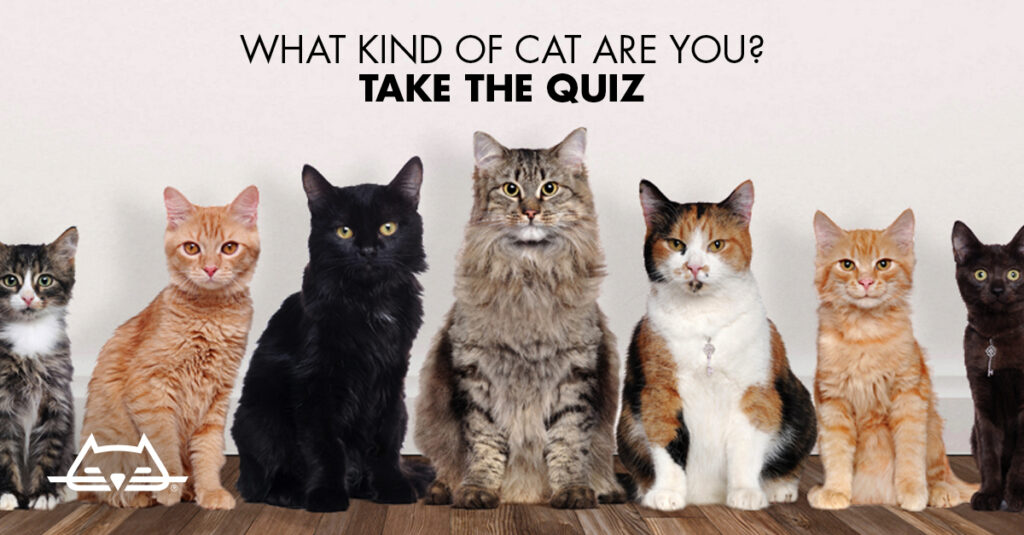Identifying Your Cat’s Breed: A Comprehensive Guide
Identifying your cat’s breed can be a fascinating and sometimes challenging task, especially if your cat is a mixed breed or lacks clear breed-specific traits. Here, we will explore various methods to help you determine your cat’s breed, including physical characteristics, behavioral traits, and the use of technology.
Physical Characteristics
Cats come in a wide range of sizes, coat lengths, colors, and patterns, each of which can provide clues about their breed. Here are some key physical characteristics to consider:
- Size
- Small Breeds: Singapura, Munchkin, Napoleon, Bambino.
- Medium Breeds: Siamese, Burmese, Abyssinian, American Shorthair.
- Large Breeds: Maine Coon, Ragamuffin, Savannah Cat.
- Coat Length
- Hairless: Sphynx.
- Shorthair: American Shorthair, British Shorthair.
- Medium Hair: Maine Coon, Norwegian Forest Cat.
- Longhair: Persian, British Longhair.
- Coat Colors and Patterns
- Solid Colors: Black, White, Gray, Brown.
- Tabby Patterns: Classic Tabby, Mackerel Tabby, Ticked Tabby.
- Tortoiseshell and Calico: These patterns are typically seen in females due to the genetics involved.
- Face Shape
- Flat Face: Persian, Exotic Shorthair.
- Pointed Face: Siamese, Abyssinian.
- Round Face: British Shorthair, Maine Coon.
- Ear Shape
- Erect Ears: Siamese, Abyssinian.
- Folded Ears: Scottish Fold.
- Tufted Ears: Maine Coon, Norwegian Forest Cat.
- Tail Length
- Short Tail: Manx, Cymric.
- Long Tail: Most breeds have long tails, but some may have kinked or fluffy tails.
Behavioral Traits
While breed-specific behaviors are not as definitive as physical traits, they can still provide valuable clues:
- Affection Level
- Highly Affectionate: British Shorthair, Ragdoll.
- Independent: Siamese, Abyssinian.
- Activity Level
- High Energy: Bengal, Abyssinian.
- Low Energy: British Shorthair, Persian.
- Vocalization
- Vocal Breeds: Siamese, Maine Coon.
- Quiet Breeds: British Shorthair, Russian Blue.
Using Technology to Identify Your Cat’s Breed
AI-Powered Breed Identification Apps
Several apps and tools use artificial intelligence to identify cat breeds based on photographs:
- Cat Scanner
- This app allows you to take a picture or upload an image of your cat and identifies the breed within seconds. It also recognizes mixed breeds.
- Nyckel Cat Breed Identifier
- This tool uses AI to predict the breed of your cat based on an uploaded image. It is built with a dataset of 5,000 samples across 14 labels.
- Deepgram Cat Identifier
- This app uses AI to identify cat breeds from photos, providing accurate results quickly.
Genetic Testing
For a definitive answer, especially for mixed-breed cats, genetic testing can be a reliable option:
- Genetic Testing: This involves analyzing your cat’s DNA to determine their genetic makeup. It can identify the breeds that make up your cat and also provide information on potential health risks.
FAQ Section
Q: How many officially recognized cat breeds are there?
- A: There are over 70 officially recognized cat breeds, according to The International Cat Association.
Q: What are the key physical characteristics to look for when identifying a cat’s breed?
- A: Key characteristics include size, coat length, coat colors and patterns, face shape, ear shape, and tail length.
Q: Can behavioral traits help in identifying a cat’s breed?
- A: While not definitive, behavioral traits such as affection level, activity level, and vocalization can provide clues about a cat’s breed.
Q: How accurate are AI-powered breed identification apps?
- A: These apps can be quite accurate, especially for purebred cats. However, for mixed breeds, they may provide a list of possible breeds rather than a single definitive answer.
Q: What is the most reliable method to determine a cat’s breed?
- A: Genetic testing is the most reliable method, especially for mixed-breed cats, as it provides a detailed analysis of the cat’s DNA.
Table: Common Cat Breeds and Their Characteristics
| Breed | Size | Coat Length | Coat Colors/Patterns | Face Shape | Ear Shape | Tail Length |
|---|---|---|---|---|---|---|
| Siamese | Medium | Short | Pointed, Cream/White | Pointed | Erect | Long |
| Persian | Medium | Long | Solid, Bi-color | Flat | Tufted | Long |
| Maine Coon | Large | Medium | Tabby, Tortoiseshell | Round | Tufted | Long |
| British Shorthair | Medium | Short | Solid, Bi-color | Round | Wide at base | Short |
| Sphynx | Medium | Hairless | Solid, Pointed | Wedge-shaped | Erect | Whip-like |
| Abyssinian | Medium | Short | Ticked Tabby | Pointed | Erect | Long |
Additional Resources
For more detailed information on cat breeds, you can refer to the following resources:
- The International Cat Association (TICA): Recognizes over 70 cat breeds and provides detailed breed standards.
- Cat Fanciers’ Association (CFA): Recognizes 45 cat breeds and offers resources on breed identification and care.
Wikipedia Link
- Domestic Cat: This Wikipedia article provides comprehensive information on the domestic cat, including breed history, genetics, and physical characteristics.
References:
https://www.catster.com/lifestyle/what-breed-is-my-cat/
https://www.rover.com/uk/blog/what-breed-is-my-cat/
https://www.nyckel.com/pretrained-classifiers/cat-breed-identifier/
https://deepgram.com/ai-apps/cat-identifier
https://www.alleycat.org/resources/cat-identification-guide/
https://en.wikipedia.org/wiki/Domestic_cat



